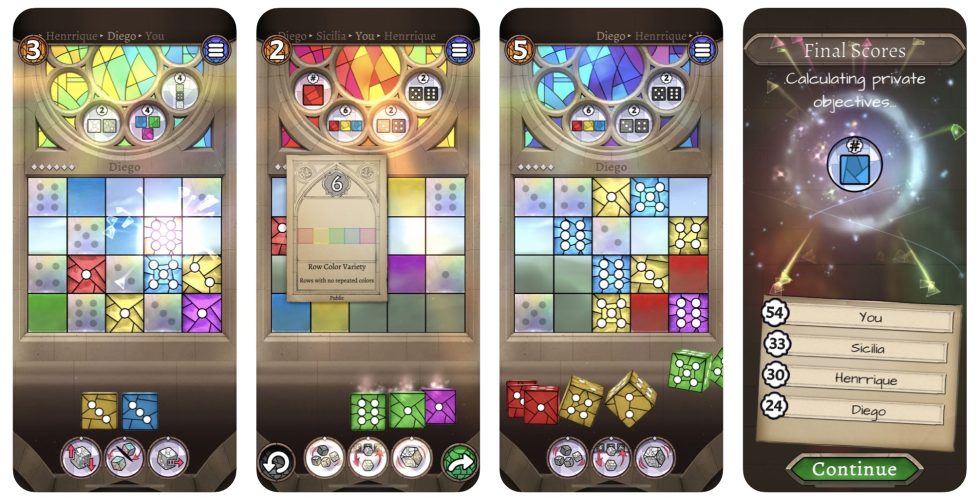Welcome to Ars Cardboard, our weekend look at tabletop games! Check out our complete board gaming coverage at cardboard.arstechnica.com.
Sagrada is one of the best dice-drafting games on the market. It makes excellent use of the inherent randomness of dice while still providing copious opportunities for strategic thinking and long-term planning. Its also a visually appealing game, easy to learn but displaying more depth the more you play it—especially by making players think about how early choices may restrict their options later. And its about building stained-glass windows. Delightful.
Game details
Designer: Adrian Adamescu, Daryl Andrews
Publisher: Dire Wolf Digital
Players: 2-4
Age: 10+
Playing time: 20 minutes
Price: $10 on Steam (Mac/Win), $10 on iOS, $7 on Android
These days, theres a digital version of Sagrada out from Dire Wolf Digital, maker of several of the best digital board game adaptations on the market (including 2019s Raiders of the North Sea and Yellow & Yangtze, which were both on my list of the best board game apps of 2019).
The base game of Sagrada allows two to four players to collect dice that are then placed on their individual 4×5 grids. Some spaces show specific colors or die values (but not both) that you must match in order to place something there. The game lasts ten rounds. In each round, the start player will roll two dice per player plus one more, after which the players choose dice in a snake draft (so, with three players, the players would draft in order 1-2-3 and then 3-2-1) and place them on their boards.
There are limits, though. The first die you place must be somewhere on one of the 12 edge spaces; all dice afterwards must be placed orthogonally or diagonally adjacent to a die you've already placed. You can't place two dice of the same color or same value next to each other, and you have to match anything already printed on your screen.
There are also three Tools available in each game, each of which costs you one or two favor tokens to use (you'll probably get to use them a maximum of three times, if that). The Tools let you do something that would otherwise violate the rules—moving a die youve already placed, ignoring a color restriction on your screen, or flipping a die to its opposite face value, for example.
Each player gets a private objective at the start of the game, which awards points equal to the sum of the face values of all their placed dice of one specific color. Then, all players score the games three public objectives, which reward you for avoiding repeat colors or values in rows or columns, or for how many pairs of dice you have with specific values (1-2, 3-4, or 5-6), or for how many times you put dice of the same color diagonally adjacent to each other. You lose one point for each unfilled space on your grid.

The app gets all of the salient information on to one screen for you to see at a glance, with icons rather than text representing the various Read More – Source
[contf] [contfnew] 
arstechnica
[contfnewc] [contfnewc]







